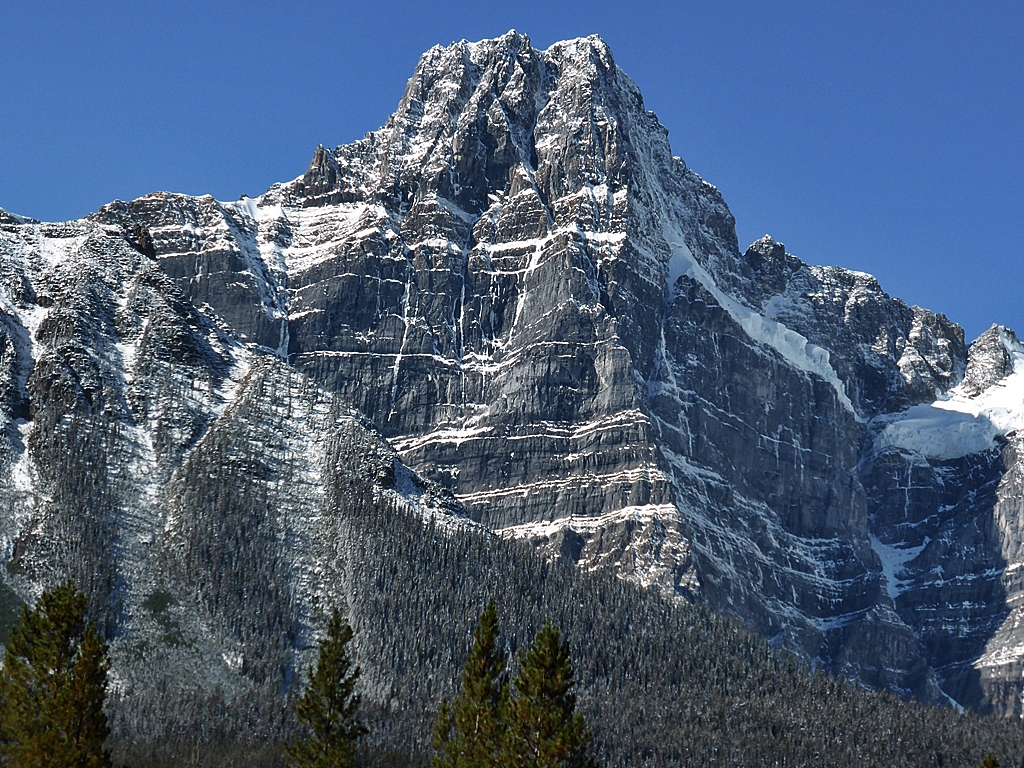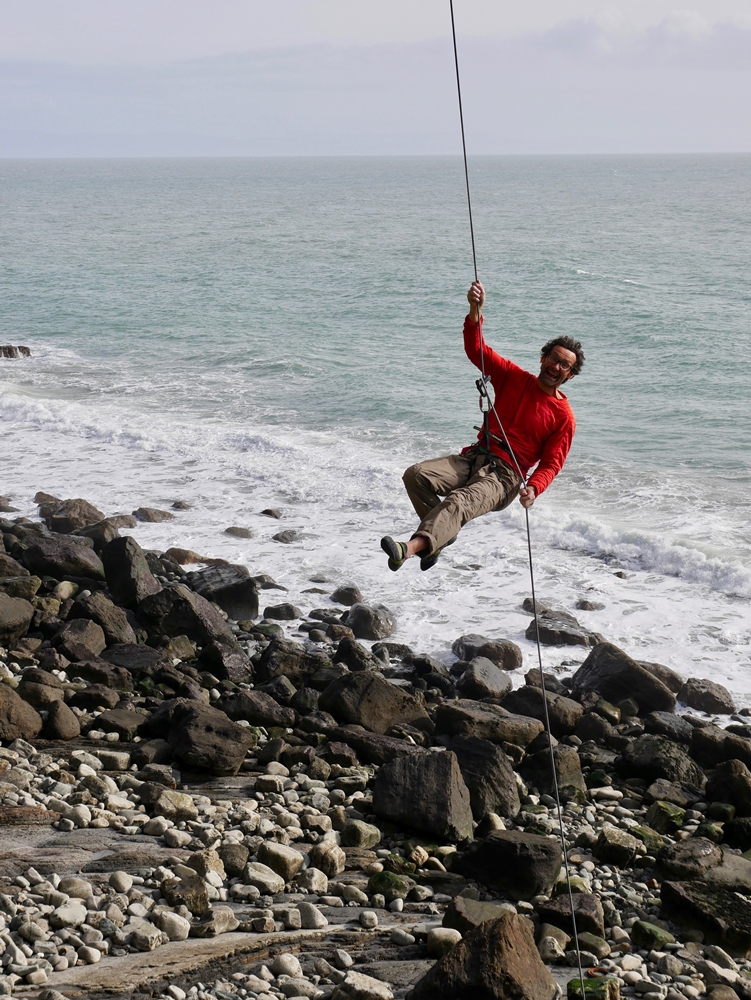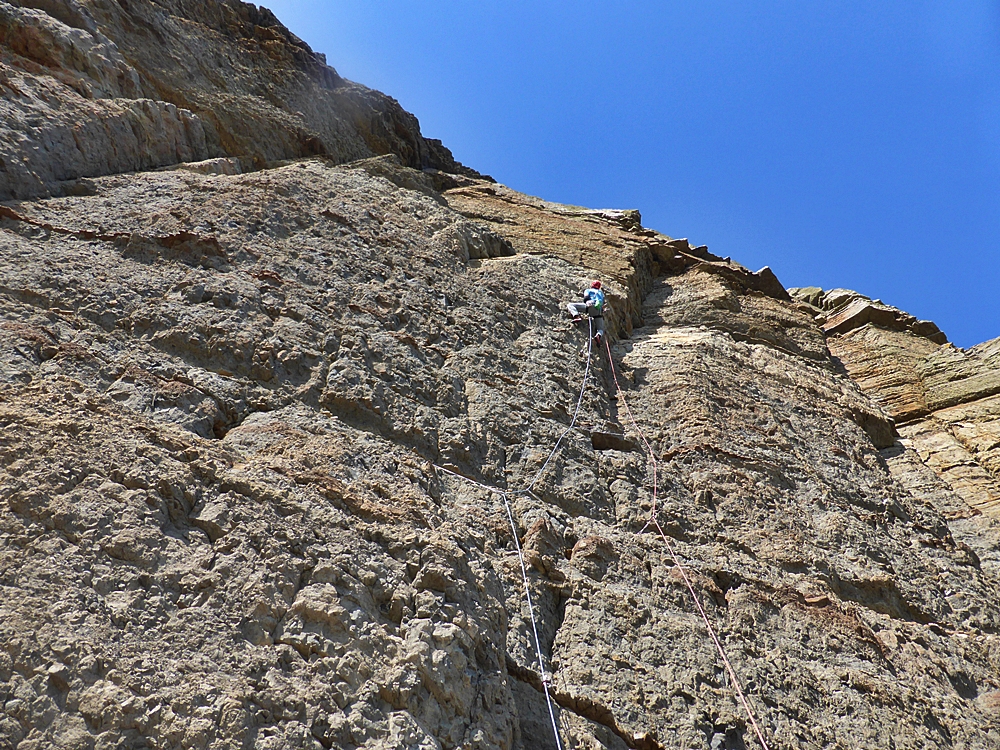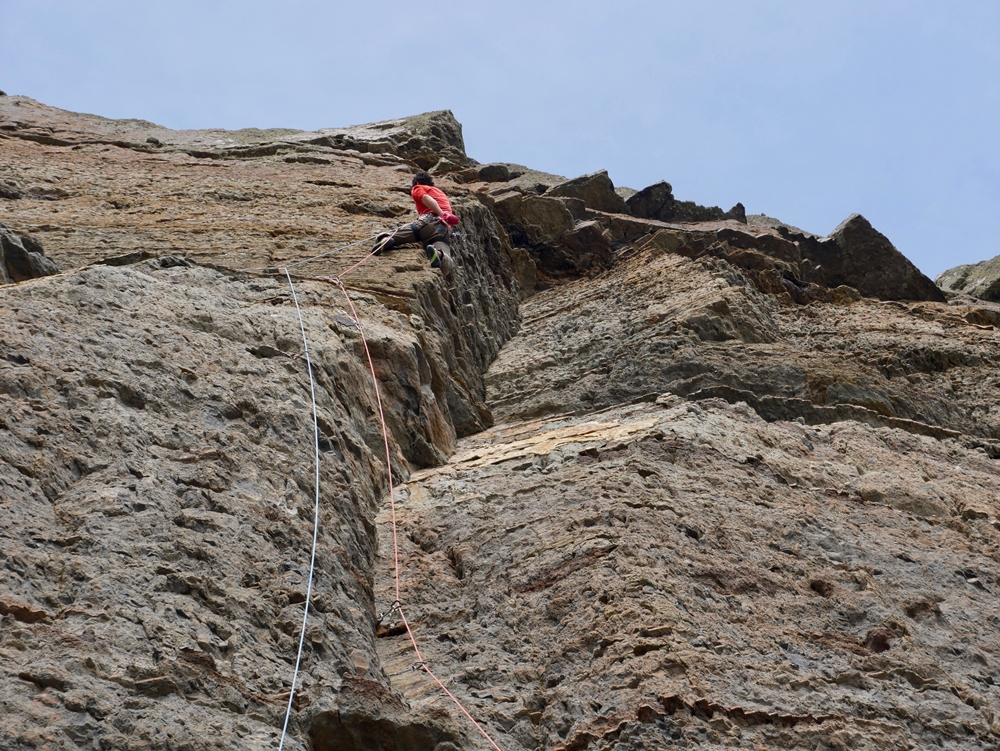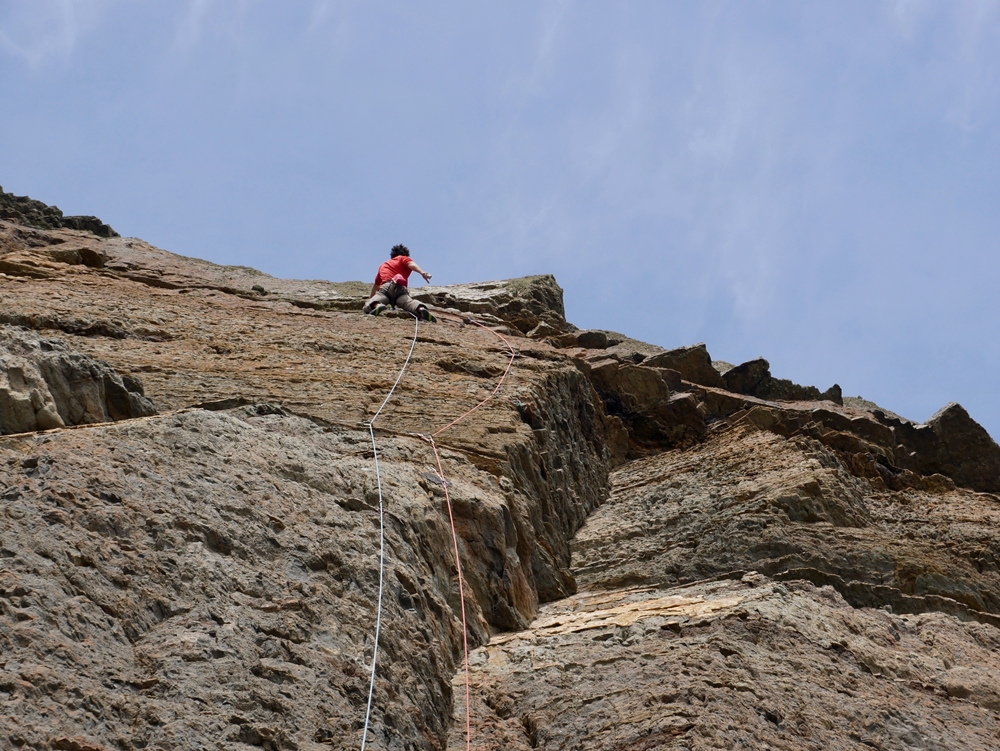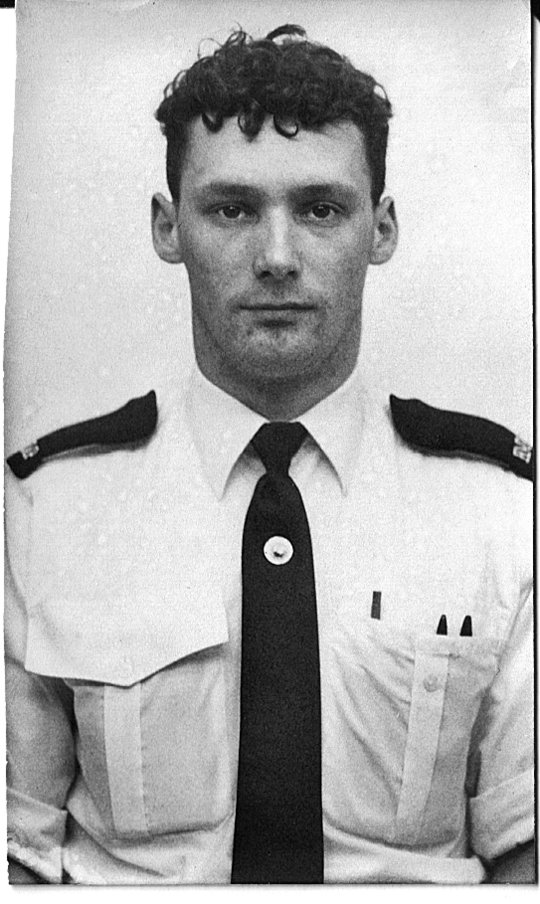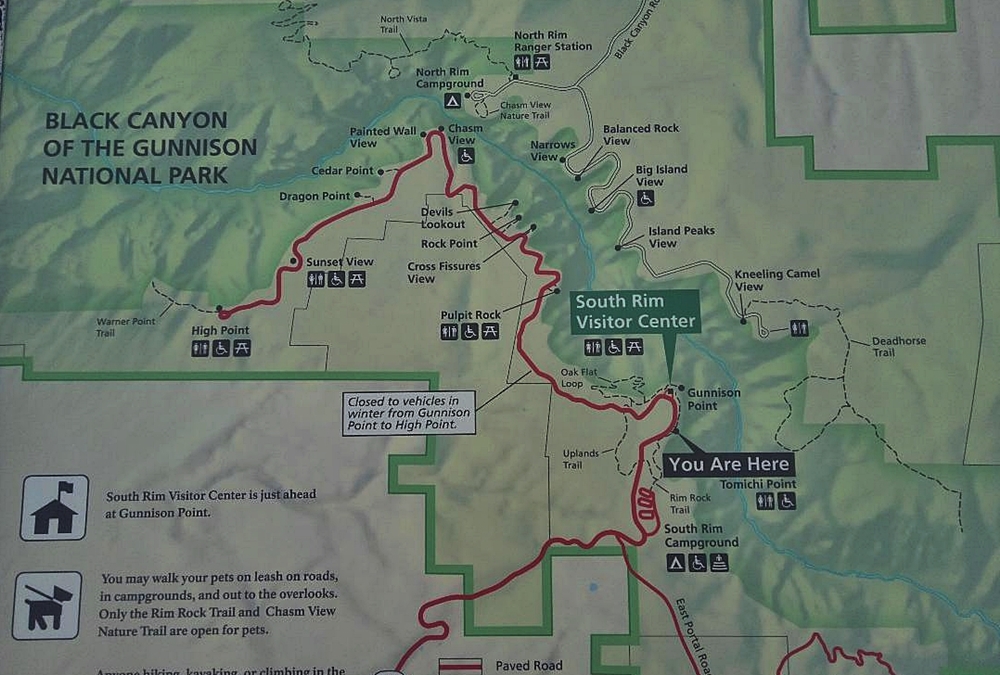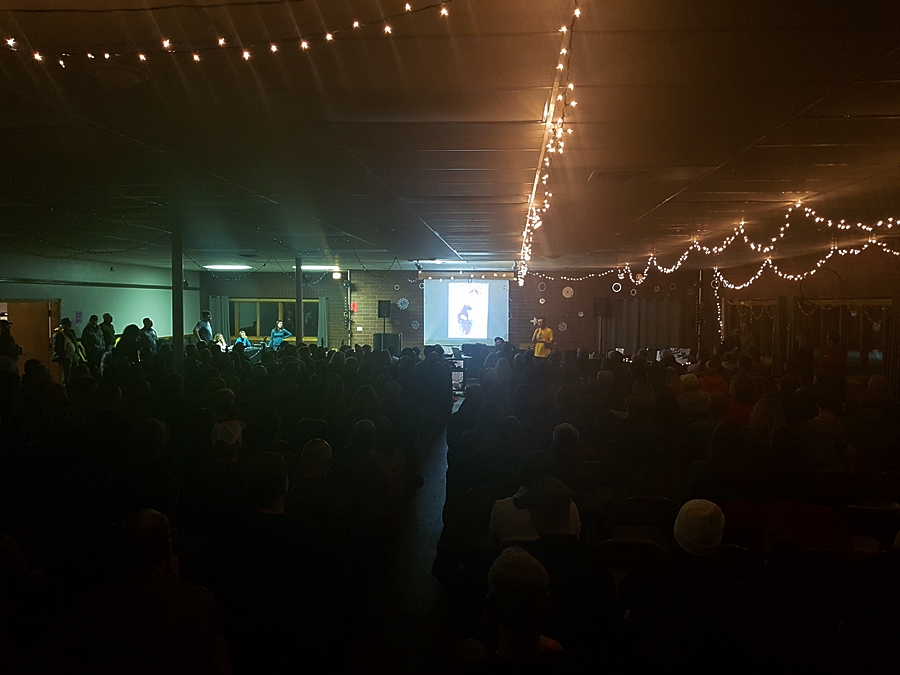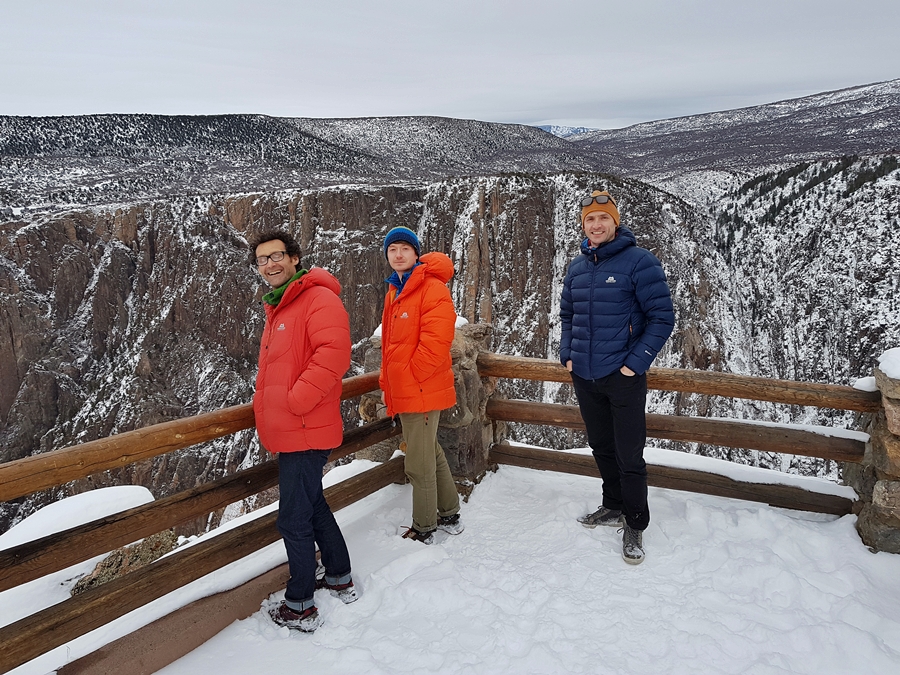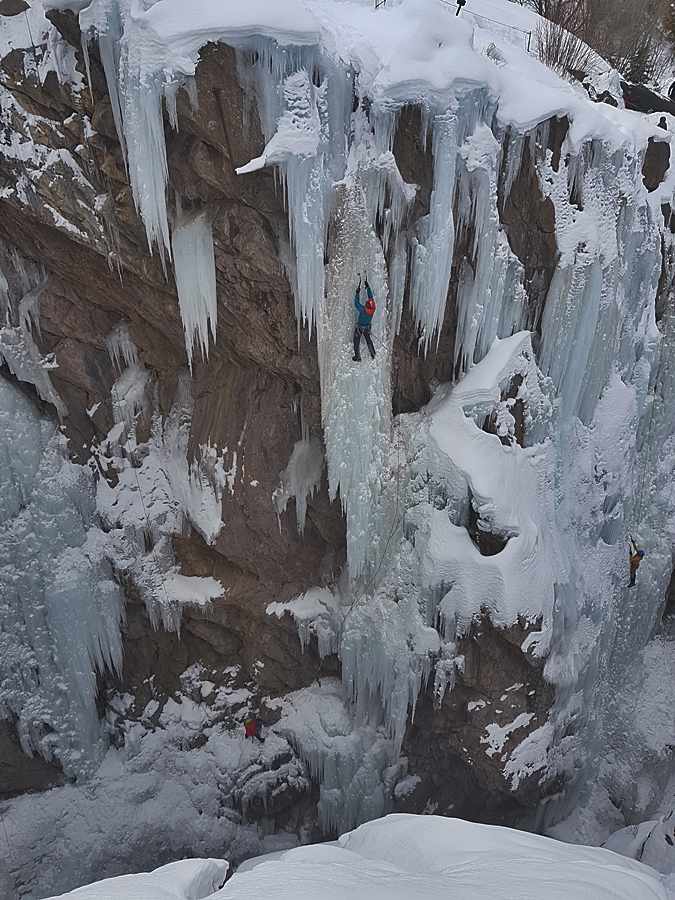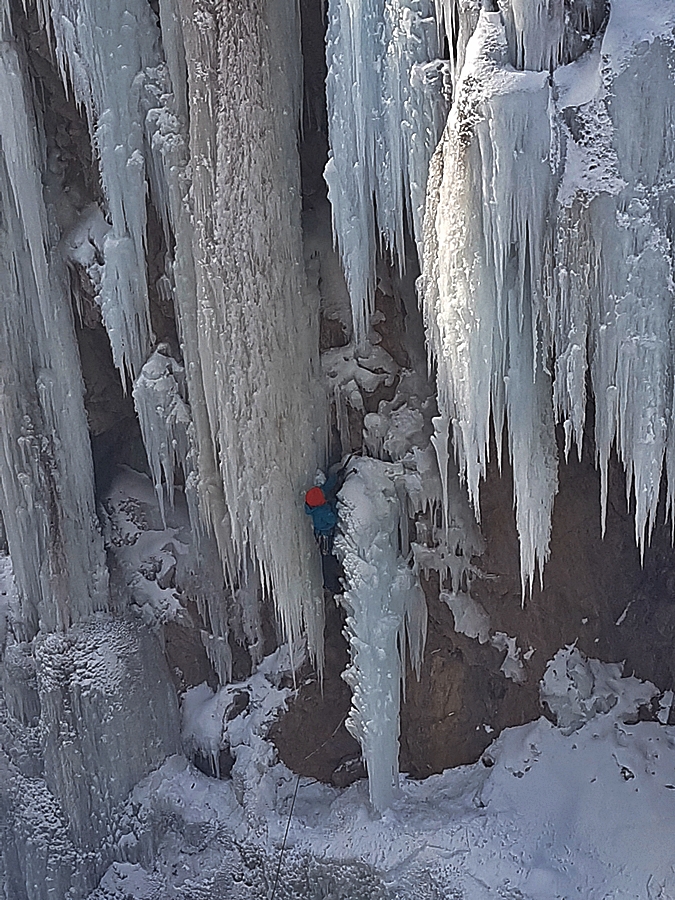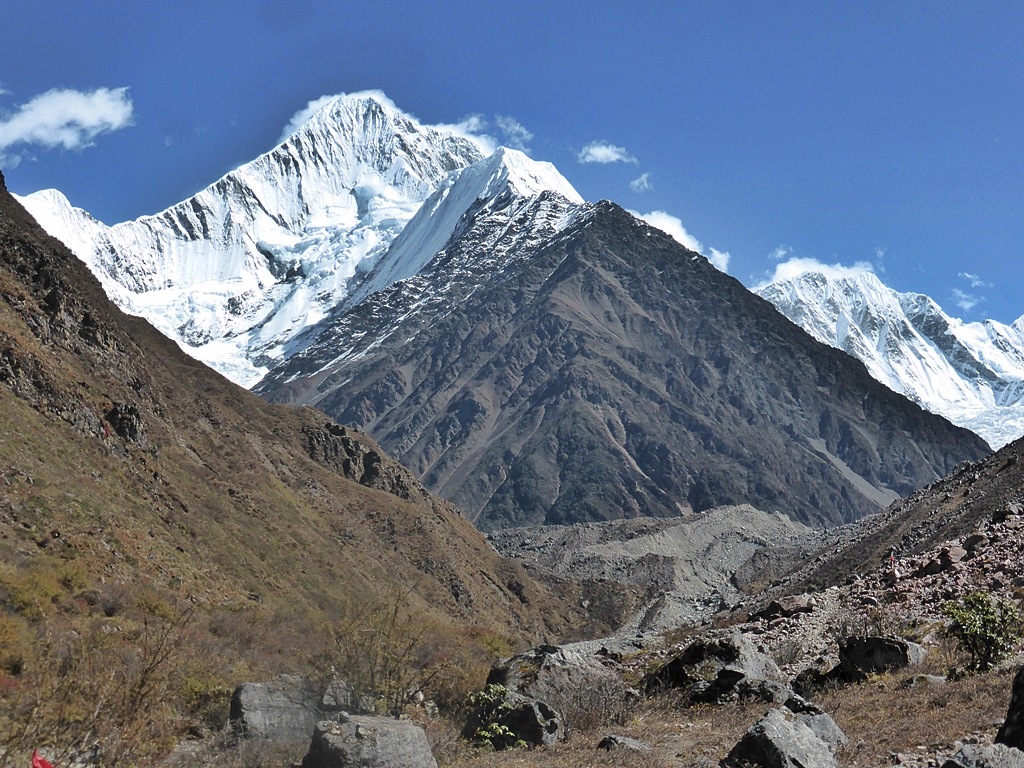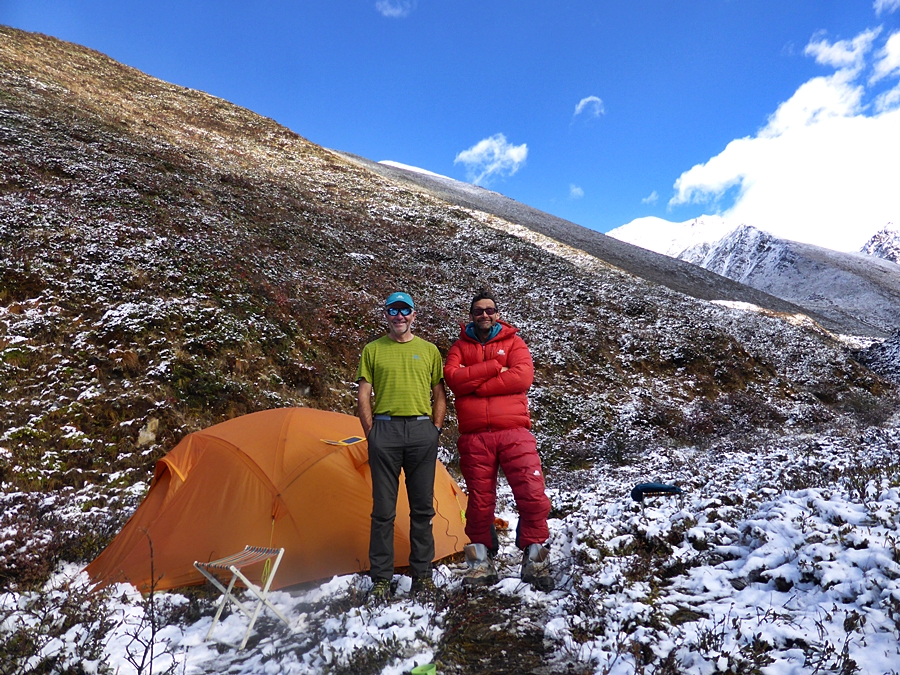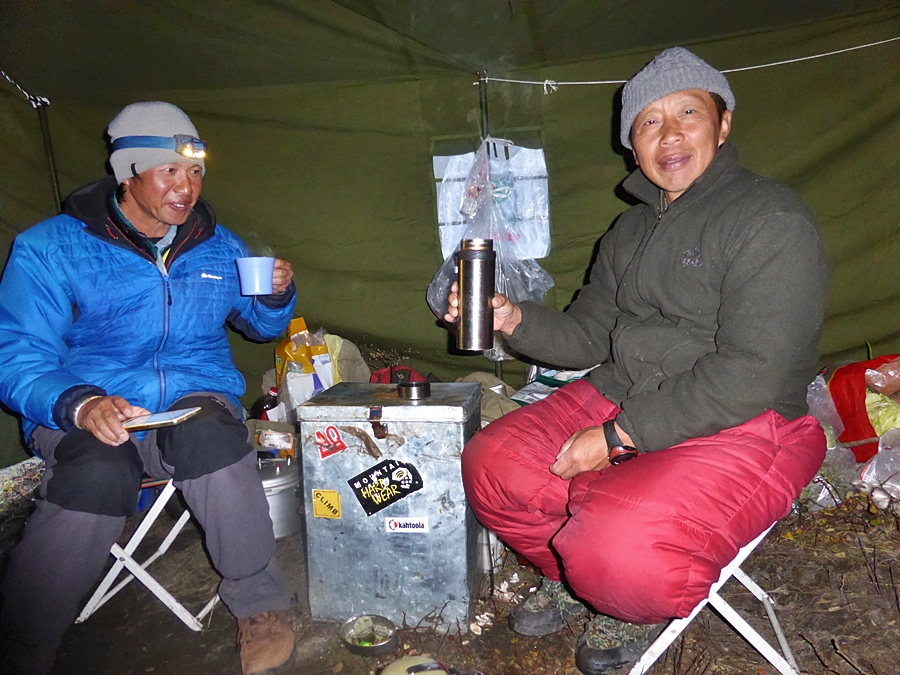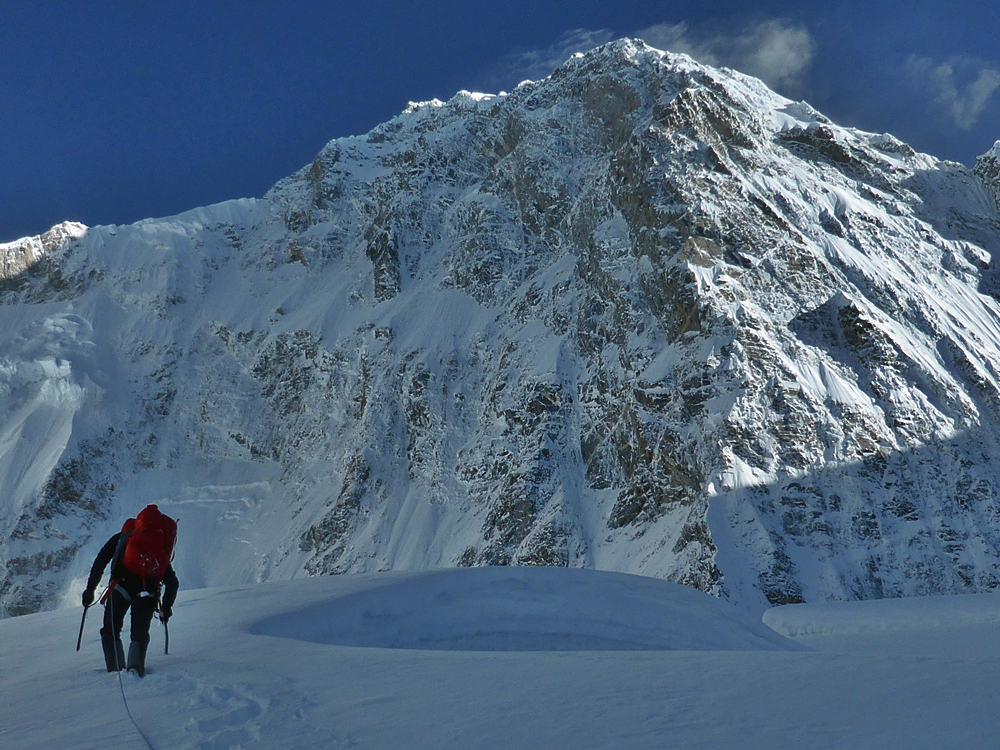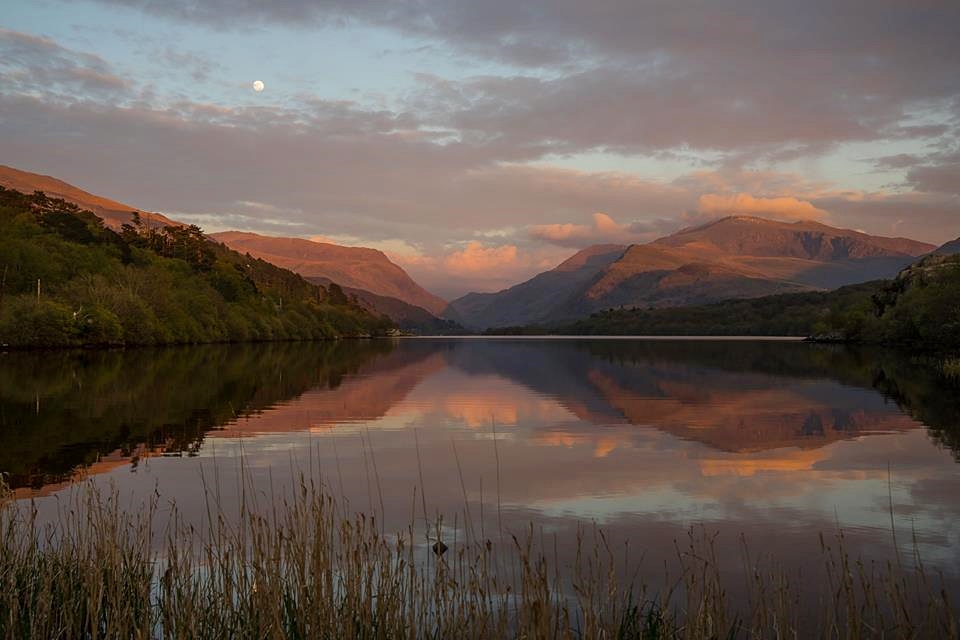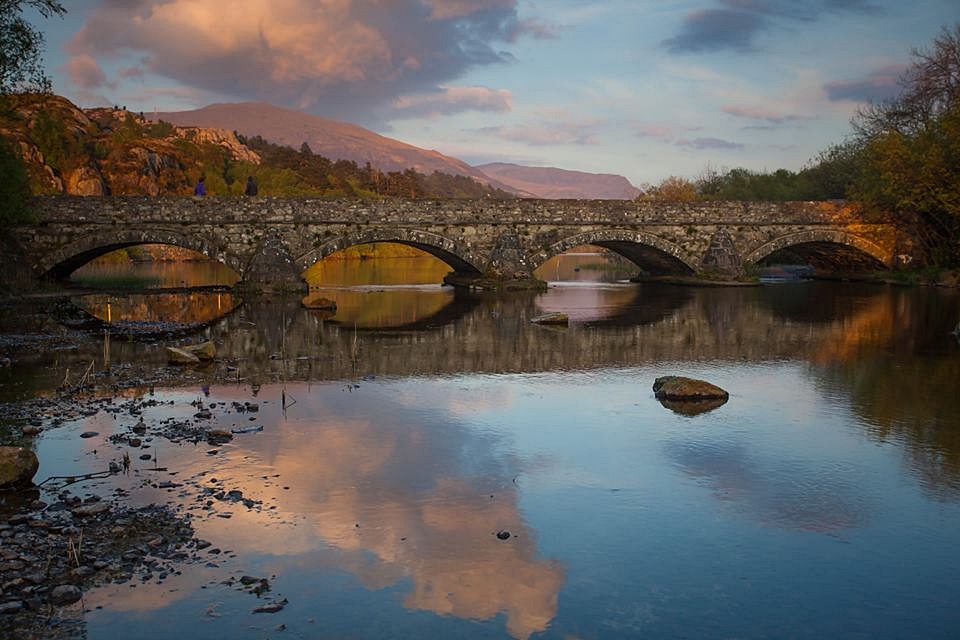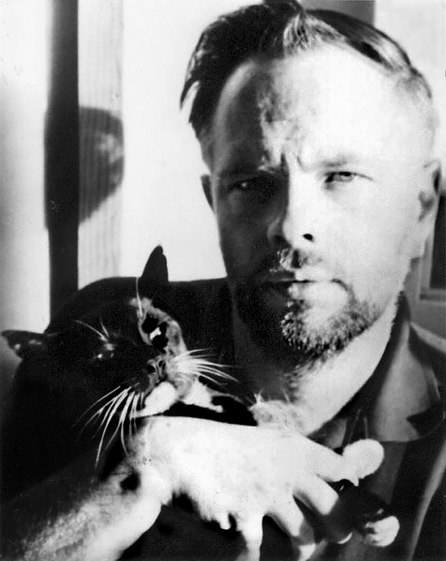
Philip K Dick and friend.
“The whole world began to take on an artificial made quality…” Philip K Dick.
In 1994 I watched a TV documentary about the sci-fi writer, Philip K Dick. Twenty-four years later, I still remember a fact from the documentary that I may have imagined – Dick used to eat dog food? Did I imagine it, or was it the truth? Maybe it was a parallel time, or a glitch in the system? It’s so weird how the mind can make things up, or hear what isn’t there, and then once this has happened, it locks it in and makes it real. Teleport forward twenty-four years since the first airing of Arena, Philip K Dick: A Day in the Afterlife (and thirty-six years since Dick’s death), and we now live in a time where some of Dick’s literary inventions are taken for granted. I can now use a search engine, find the programme, and watch it again on my laptop, and yes, there it is, he actually (if the person in the documentary is telling the truth) bought horse meat that was sold for dog food and ate it.
The first time I watched the programme, it blew my mind, I don’t think I watched the whole thing because I found it pretty disturbing. Dick was bonkers. I had read some of his books and they were bonkers also, so it all began to make sense. I watched the whole documentary on this second airing and enjoyed it. Scarily though, on this second viewing, the thing that really struck home was not how mad Dick’s stories were, but how, in certain aspects, true they have become. Dick was writing about a dystopian earth fifty years ago and many of his imagined scenarios are now happening.
Watching the Arena programme it is full of comments relevant to today. “A rural paradise bulldozed into urban submission.” “From a trash world ever more dependable of disposables.” “Your video camera might be keeping an eye on you before filing its own report.” “He saw the consequences of a media-soaked world, [ ] it was just a media event.”
Dick was not mad, he was obviously one of the sanest out there (OK, I’m willing to concede this one). We now live in a form of his predicted world, but if anything, it’s even more scary and controlling than Dick predicted. Could you imagine if PKD was alive today, he would be in his element. The control and power and influence the internet has over us, its like something taken from one of his novels. “If God manifested himself to us, he would do so in form of a product advertised on TV,” Dick wrote. Forty years later, substitute TV for the internet and it’s spot on, God would appear on an Instagram picture with loads of hashtags, #Followme #Imadeyou #Number1 #BigG #Redbull, but it’s really scary because Dick didn’t think big enough, he thought of an individual, what he didn’t forecast was everyone today appears to be a God, everyone is a product in their own advert, everyone is the headline act on their own station.
We are reaching a point that reality is whatever a person or organisation want it to be, whether it actually happened or not, and then, it’s reported to an audience of followers, that in turn, spread the word to their followers, and before you know it, this warped parallel is the truth and the actual truth is a parallel, something only to be believed by zealots and odd individuals. And for those brave enough to stand up against this new truth, they are often bullied and labelled as heretics. Philip K Dick must be in his coffin in riverside Cemetery, laughing dementedly, while popping more LSD and wondering how his wildly creative, drug damaged mind could see so clearly into the future.
“I consider the universe to be a clever fake, with streets and houses, and shops and cars and people standing in the centre of a stage surrounded by props, by furniture to sit on, kitchens to cook in, cars to drive, food to fix, and then behind the props, the flat painted scenery, painted houses set farther back, painted people, painted streets, everything not real, only a series of tapes being played for us.”
Years ago, even before the Arena programme in 94, I worked in a high security prison, and while at work one evening, a prisoner took a teacher hostage and demanded to be set free. The escape bid didn’t get anywhere, the prisoner didn’t get beyond the inside corridors, where all prisoners were allowed to walk. This ‘escape bid’ was reported in a newspaper, I can’t remember the full facts of the report, but it said that the prisoner was close to escape. If this prisoner had been close to escape, so had the whole prison population. At the time, I couldn’t believe how much spin there had been to the story to turn it into something it wasn’t. I stopped reading newspapers then because it became apparent, if this newspaper, a broadsheet, published wild inaccuracies, they all must.
I now read newspapers again, but at times I remind myself that I’m possibly being lied to or manipulated. I know I sound like Philip K Dick who suffered with paranoia, but what was, and still is happening in the newspapers, is now happening on a massive scale on the internet, and the internet is more invasive than any newspaper.
The recent reporting on the Livingstone, Cesen and Stražar ascent of Latok 1 is the latest event that caused me to despair. It’s my problem, I know it’s my problem, and it’s something I try to control, but incorrect and inaccurate, hyped reporting, with quotes taken completely out of context, drives me almost as crazy as PKD. Events that actually take place become something they aren’t, and I find it exceptionally difficult to ignore. At best its lazy journalism and at worst, we are being lied to and manipulated.
The Latok 1 climb was a fine new route and it was only the second time Latok 1 had been climbed. The route was without doubt worth reporting and celebrating, but I can’t get around the fact that the reporting, almost without exception, took on some kind of fanatical, religious zeal and most of the reporting was incorrect. Some reports said it was the first time Latok 1 had been climbed and almost all reports told us that Latok 1’s North Ridge had been climbed in its entirety. Two days after these first reports, when it became apparent that the North Ridge had not been climbed in its entirety, there was only a limited number of apologies and corrections, and for some it turned into a damage limitation campaign by throwing even more inaccuracy and smoke over the truth.
OK, they didn’t climb ALL of the ridge, but hey, they did climb from the north, and some of the route DID include a bit of the ridge, and who would want to climb all of it anyway, that’s crazy!
And so, instead of just holding up hands and admitting to jumping on the cut and paste bandwagon, the hype continued. Pictures from the Jim Donini, Michael Kennedy, George and Jeff Lowe attempt, (almost ascent because they climbed the ridge, but not to the summit) from 1978 were used in reports. A lot of the pictures were sections of the ridge that the Livingstone, Cesen and Stražar line did not climb. But that didn’t stop the comparisons and superlatives. Many, in fact all of the quotes I read were from people talking about the 78 attempt, and then these quotes were printed in bold and applied to the new climb, but the new climb was not the whole of the North Ridge, not by a long shot.
I must admit to becoming a little hot under the collar when I read about all of the failures, at least 30 I was told, and by superstars, and this was applied to the new route and the climbers. Livingstone, Cesen and Stražar are very talented climbers, but it was being suggested they must be better than all of the climbers who had gone before, and this route they climbed was better than anything climbed by British climbers in the previous thirty years because it had been tried 30 times. (There have been quite a few significant ascents made by British people over the last thirty years, and several by one team alone, Fowler and Ramsden, whose climbs have generally been as difficult, maybe more so, and certainly more committing than this climb.) In none of the reports I’ve read was it mentioned that these 30 failures had been attempting the whole of the ridge, not a new route that avoids the initial rock buttress, (I know avoiding this initial buttress has become the recognised way onto the ridge, but it is not the line taken by Donini, Kennedy, George and Jeff Lowe), and more importantly, the new line avoids a large section at the top, including the most difficult and technical sections.
I have read two accounts, one says they traversed from the ridge at 6500m and another at 6300m, no matter which is correct, there was a whole Alpine route of climbing still to be done on the ridge, including the crux. To put it into some kind of rock climbing perspective, the new route on Latok 1 would be like missing out the slightly polished and awkward start of Cenotaph Corner on Dinas Cromlech by traversing in at a quarter height, climbing the not too bad middle section, then traversing off before the pumpy and hard crux section. This is not Cenotaph Corner I hear you shout and you’d be right. You could call it a route based on Cenotaph Corner, but to call it the Cenotaph Corner route and then compare it to Cenotaph Corner would be inaccurate and wrong .
“No matter what things may come, they will be exploited, merchandised, and routinized by the force of human weakness.” Adam Gopnik, Blows Against the Empire, The return of Philip K Dick. The New Yorker
I suppose, in some respect, it’s like the prison news report, I possibly have a deeper understanding of certain aspects of a climb and because of this I can see through the hyperbole and grandiose, and because of this I get annoyed, maybe I need some of Dick’s medication to take me away from all of this warping of the actual facts.
The new route was a fine ascent, and I congratulate Livingstone, Cesen and Stražar, they showed imagination and skill, and took a line with a lot more chance of success than the exceptionally technical North Ridge. It’s a shame that the climb was reported prematurely and incorrectly, although some of the blame must be levelled at whoever sent out the information from BC. Would a few days delay in reporting have made a big difference (well, I suppose it may have, as the correct story could have been reported), a story like this coming out a week after getting down is not a big issue, it really isn’t, it’s just climbing, it’s not the cure for cancer. Privileged people climbing a mountain is only important to a very tiny proportion of the population of the planet and I think the climbers should have done more to dispel the hype that now surrounds their ascent. To shout down the hype and incorrect reports would give them credibility, but maybe they have and I haven’t seen it. It wasn’t in the interview with Tom that was published on a few sites, which would have been a great opportunity to raise the subject of the incorrect reporting, but being his first success in the Himalayas maybe Tom didn’t feel confident to raise the subject? I have also seen [are] several newspaper reports that are so incorrect and hyped as to be cringe-worthy. These made-up stories – and deals done with mainstream media – make a mockery of the actual ascent, and a mockery of the climbers … and thus make a mockery of climbing culture at large. Take a look at some of the absurd comments after the article if you need evidence.
What would have given the reporting of the Latok 1 climb more integrity – and dignity –would have been a set of questions that gave a true insight into how the actual new route compares with North Ridge in entirety. The actual story is: how come this excellent route succeeded while the North Ridge has seen so many failures? Such an article would’ve been genuinely interesting, dramatic and useful! Such a set of comparison questions would have shed more light onto the true nature of the actual, genuine new climb.
However, instead of insight we get dishonesty:
“The climb of a generation” “Climbers hit new heights by being first to conquer legendary peak.” Incorrect.
“British mountaineer, 27, completes ‘the ascent of a generation’ by scaling the ‘impossible ridge’ on the north face of Pakistan’s Latok 1 – just days after a Russian climber died on the same path.” Incorrect and insensitive.
“The ridge was such a big prize. It was a ten-year goal. I’ve always thought, imagine if you could climb that, and to actually do it was such a special experience,” Incorrect.
Some of the questions that may have given a greater understanding of how the new route compares with the ridge, and what it means to climb in an area where many other climbers have been are below:
What was the technical difficulty of the climbing on the line you climbed, where was the crux, and how do you think the difficulty of your climb compares to the difficulty on the initial and upper sections of the North Ridge?
In the section of the North Ridge you climbed, was there a track left from the Russian ascent, and if so, did it assist with route finding and confidence?
Were there bivi spots made by the Russian team and if so did you use them and did this help?
Did it make any difference to your approach and mind-set knowing you were being watched by people at BC, and should anything go wrong there was a possibility of a helicopter rescue?
I did read an interview where Tom said they used some in-situ gear to abseil from – my question would be: how much in-situ gear was there, did it speed up the process of getting down or finding new anchors?
How much research did you do, how much information about the ridge is out there and did it help with the route finding and decision making?
Some of Dick’s writing has a recurring element: time loops back on itself, we are returned to the start, and the plot is replayed. It seems that reporting and social media today has slipped into a similar dystopian loop: we keep reading, over and over, the same incorrect or simply false report until eventually the incorrect plot blots out truth, and it is then in the shock of that truthless vacuum that we make — believe. And if its discovered that what was made to be believed is not actually true — then too late, the damage is done, we find the mind already locked to the fake.
There are still sites with the incorrect headlines on their home pages. Why do these sites not change or take down an incorrect report? I can only comment about climbing reports on the internet, but in general, the internet is in a deeply worrying state of narrative chaos. I know a big part of this chaos relating to climbing is the fault of climbers, and I don’t just mean in this case, I mean in all cases, and I include myself. Climbers are terrible at recounting and giving a balanced account, this is the nature of the activity, it is very much an activity for the individual and the experience at the time, so attempting to relay this can be problematic. Climbers are terrible at remembering actual facts and they also forget simple, but important facts. (I was completely cut out of a published account on the internet last winter from a new route I climbed with Matt Helliker and Pete Whittaker because Pete didn’t tell the journalist I was there!). There are other less savoury forces at work when climbers give accounts to journalists, the opportunities and money available to climbers can now make an honest and balanced account difficult.
But, the bottom line for suppliers of climbing news on the internet, has to be down to the journalists who write the reports. It’s their job to ask the correct questions and wheedle-out the true facts. They have to work hard and not feel the pressure of time and most of all they have to have integrity and not be swayed by other factors such as money. They have to ask questions that may be difficult. I think we are fast approaching a point where much of what is written in the name of news has to be read with a critical eye, because much of it is incorrect, and I think we have now reached a point where climbing news reporting on the internet has turned into a Philip K Dick novel and it is almost impossible to recognise the electric animals from the real thing.
Postscript.
Just before the Livingstone, Cesen and Stražar ascent of Latok 1, two Russian climbers, Sergey Glazunov and Alexander Gukov were attempting to climb the North Ridge in its entirety. It is not sure if Latok 1’s summit was reached, but it is believed that the ‘western summit’ at the top of the North Ridge was. On the descent Glazunov fell to his death leaving Gukov stranded. After 6 days Gukov was rescued by the 5th Pakistani Army Aviation High Altitude Squadron. In my opinion much of the reporting, especially in the UK newspapers, but also the internet reporting was extremely insensitive and lacked empathy. Gukov’s traumatic experience, and the terrible pain and suffering that Glazunov’s family and friends must be suffering should have been given consideration. There is absolutely no excuse or reason to increase this pain.

